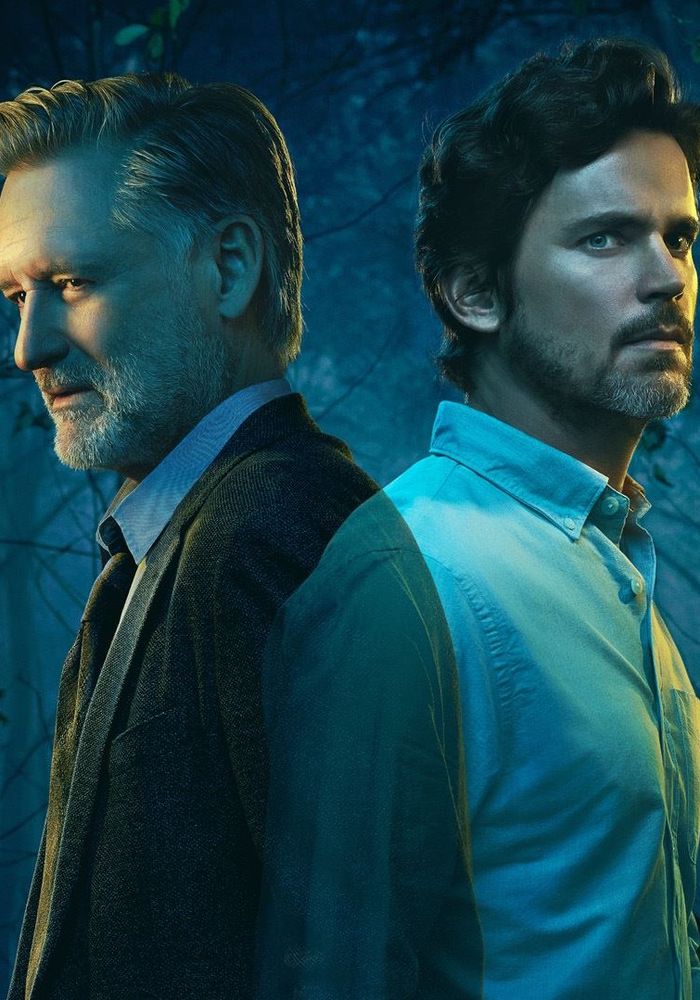Ronit Kirchman explains why concocting a palette of sonic nausea is key to keeping viewers feeling uneasy when watching The Sinner.
“Finding different flavours of sonic nausea is one of my jobs,” confesses Kirchman – a composer, music producer, songwriter, conductor, singer, and multi-instrumentalist whose most recent project saw her score season three of thriller-mystery series, The Sinner.
More of a whydunnit rather than a whodunnit, The Sinner was originally intended to run as an eight-part miniseries. Following the success of the first season, the Emmy and Golden Globe-nominated show was swiftly expanded into an anthology series, following detective Harry Ambrose as he investigates various atrocious murder cases and tries to analyze the reasons behind ordinary people committing heinous crimes.
Speaking to Headliner from her home in LA, Kirchman explains that music has always felt like a native language to her. She began playing violin at the age of four, and trained with some of the world’s finest violinists.
“Music is like my mother tongue,” she says. “The more I’ve been able to study, the more I've been able to articulate that. I think that the affinity with music is definitely something that comes from within, and luckily I was encouraged to pursue it without a tonne of pressure on the parental side. The self-education part of music is a lifelong activity for me; there's such a rich world. It's pretty infinite, so it's never boring. I'll never retire!”
Kirchman says that a series of small breaks combined to get her on the radar to score the first season of The Sinner – “the more you work, the more you work” – and she is thrilled with how the show has been received so far:
“One of the cool things about the show is that I’m learning what it is about through doing it. It’s all about exploring aspects of the collective unconscious that relate to violence and crime. I remember after season one people were like, ‘Where could it go from here? The crime is resolved!’”
The Sinner’s showrunner, Derek Simonds (a friend of Kirchman’s from university) asked her to read the script for season one to get a feel for the story, and then was asked to work on new compositions for the pilot that they could pull from and cut in while they were editing. Since there was going to be a screening at the Tribeca Film Festival, the whole series suddenly needed a score.
“It's great to start to simmer in the story that early, because you can let your imagination run free for a while,” she points out.








